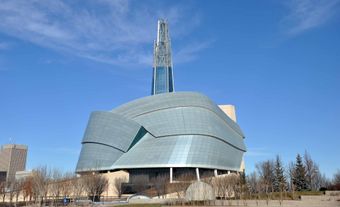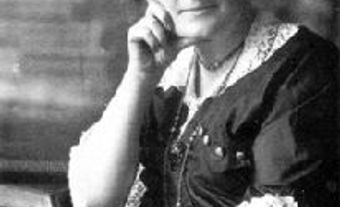Human rights are rights that we all have by virtue of our shared humanity. Depending on the nature of the right, both individuals and groups can assert human rights. Human rights as we understand them today are a relatively modern concept. All human rights are indivisible, interrelated and interdependent. None has automatic precedence over any other. The realization of human rights is a constant struggle on the part of people who suffer injustices and who seek redress. Human rights are an important part of the social fabric of Canadian society. Canadians have also played a role in the evolution of human rights on the international stage.

Three Levels of Human Rights Protection
Human rights are so fundamental that they receive a degree of special protection at three levels: in international law; in national constitutions; and in human rights laws.
At the international level, the touchstone is the 1948 Universal Declaration of Human Rights (UDHR). Canada signed the Declaration and has ratified several international human rights treaties. There are ten core United Nations (UN) human rights treaties. Canada had ratified seven of them by 2014.
At the constitutional level, the Canadian Charter of Rights and Freedoms (the “Charter”) is now part of the Constitution Act, 1982. Before 1982, there was little constitutional protection against government interference with human rights. Today, the Charter guarantees fundamental freedoms (free expression, religion, association and peaceful assembly); democratic rights (such as participation in elections); mobility rights (which protect certain rights of citizens and permanent residents in Canada); legal rights; equality rights (such as gender equality); and the right to enforce these rights. Language rights receive distinct constitutional protections as well. Beyond the Charter, the rights of Indigenous peoples merit unique protections because of their history. These include individual and collective rights to their cultural and religious traditions; rights to autonomy and self-government; and the right not to be subjected to forced assimilation or to the forcible removal of their children to any other group.
The third level of protection is found in anti-discrimination laws. (See also Prejudice and Discrimination in Canada; Racism.) These include the Canadian Human Rights Act, as well as 10 provincial and three territorial human rights laws. These laws mainly protect equality rights.

Types of Human Rights
People use the language of human rights to support all kinds of claims; but not all claims count as human rights in law. Equality rights give people equal protection and benefit of the law. The equality rights section of the Charter, section 15, came into force in 1985. It applies to all levels of government in Canada.
Civil liberties are associated with fundamental freedoms and privacy rights. They are usually invoked to oppose state intrusions into those rights. Civil liberties are the equivalent to “civil and political rights” at the international level. They can be claimed before the courts on an immediate basis; for example, by demanding an immediate end to cruel and unusual treatment in detention. This group of rights is often referred to as “first generation” rights.

Economic, social and cultural rights are also fundamental parts of human rights. They are sometimes referred to as “second generation” rights. They include education, health, housing and employment. Canada usually implements these rights through government policies and programs. They require progressive or gradual realization; this process recognizes that it is impossible for most governments to achieve these rights fully and immediately for everyone. Human rights legislation in most of Canada recognizes and enforces many economic and social rights; for example, by protecting equality rights in the areas of housing, employment and education.
There is also a third generation of rights. This includes the rights to economic and social development; to participate in cultural heritage; and to intergenerational equity and sustainability. Third generation rights are generally not enforceable. But they are an emerging set of norms that are developing quickly.
All human rights are indivisible, interrelated and interdependent. None has automatic precedence over any other. This important principle was established at the end of the Cold War at the Vienna World Conference on Human Rights in 1993.
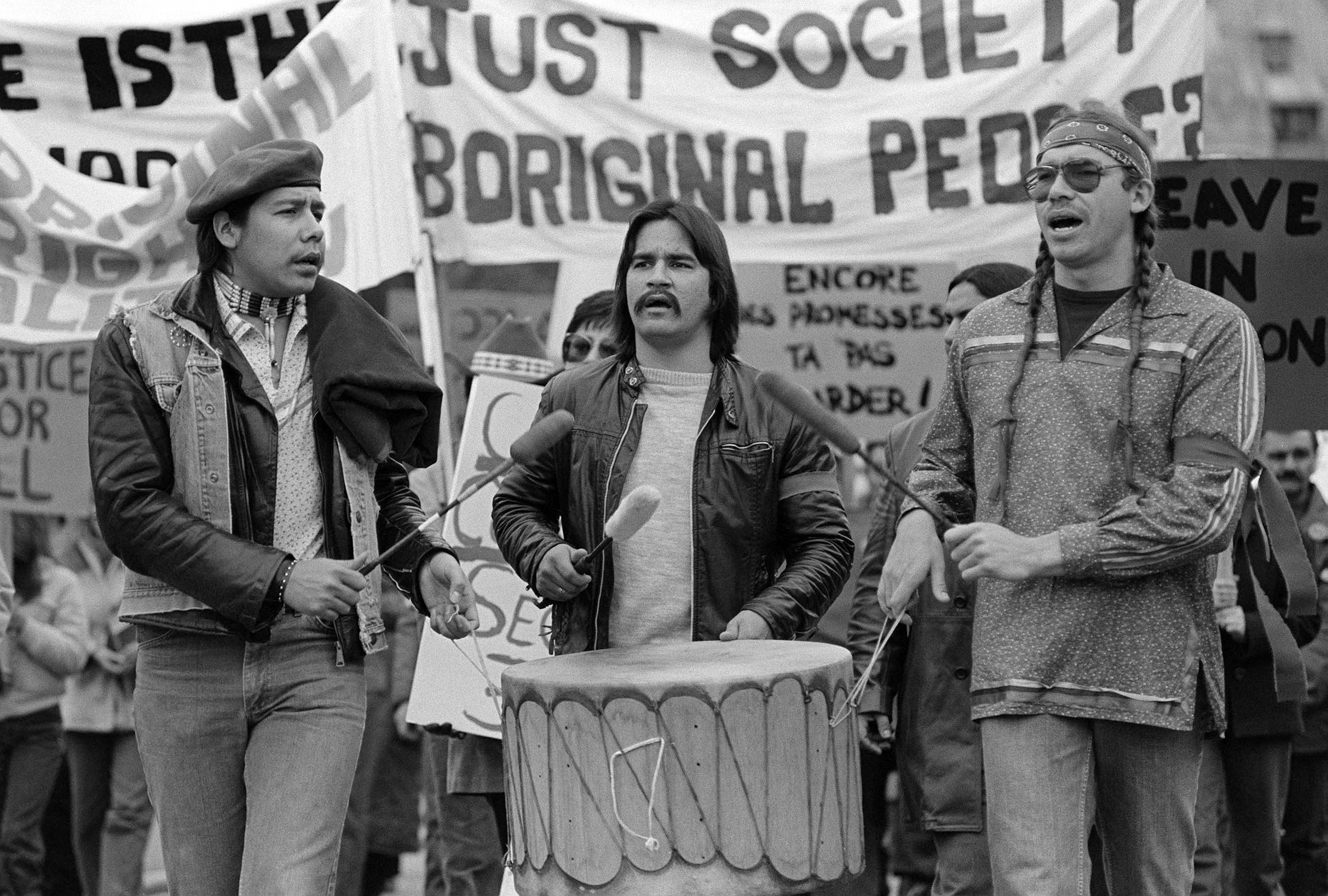
Human Rights in Canada
Human rights as we understand them today are a relatively modern concept. Enslavement was practiced in the British colonies, including Canada, until it was made illegal under the Slavery Abolition Act of 1833. After Confederation, there were many discriminatory laws that discouraged the immigration of non-whites. (See Immigration Policy in Canada; Prejudice and Discrimination in Canada; Chinese Head Tax; Chinese Immigration Act.) Discrimination and de facto segregation were commonplace in many parts of Canada; this was especially true for Chinese, Japanese and Black Canadians. (See Residential Segregation; Racial Segregation of Black People in Canada; Racial Segregation of Asian Canadians; Racial Segregation of Indigenous Peoples in Canada.)
During the two world wars, and at different points in time, Canada interned people who were perceived to be enemy aliens. They included Eastern European, Italian, German and Japanese Canadians. (See Internment in Canada; Ukrainian Internment in Canada; Internment of Japanese Canadians.)
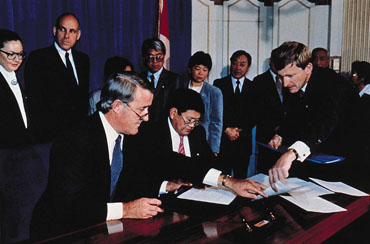
In the early 20th century, the rights of women and children were restricted. (See Women and the Law; Murdoch Case.) Women were not considered “persons” eligible for appointment to the Senate until 1929. (See Persons Case.) Women did not gain the federal right to vote until the First World War. They did not gain the provincial vote in all provinces until 1940. (See Women’s Suffrage in Canada.) In Quebec, restrictions on the legal capacity of married women were not lifted until 1964.
Laws denying the franchise to Indigenous peoples were in place until after the Canadian Bill of Rights in 1960. Indigenous women continued to experience discrimination. Women who married non-Indigenous men lost their Indian status under the Indian Act. Indigenous men who married non-Indigenous women, on the other hand, retained their status. This discrimination was challenged under international law; but the Canadian law did not change until 1985. (See also McIvor Case; Women and the Indian Act.) Indigenous peoples were also prohibited from filing federal human rights complaints about discrimination in relation to the Indian Act until 2011. Indigenous issues remain one of Canada’s most serious human rights concerns. (See also Rights of Indigenous Peoples in Canada.)
Legal measures to combat discrimination, racism and hate speech began to emerge in the 1930s. It was not until the 1940s that they became more widespread. In 1944, Ontario introduced the Racial Discrimination Act. It was followed by the Saskatchewan Bill of Rights in 1947. Both statutes relied on quasi-criminal prosecutions, as opposed to civil human rights claims; those would emerge two decades later. As a result, they were rarely used. Fair accommodation and fair employment practices laws were enacted throughout Canada in the 1950s. This was followed by equal-pay legislation for women. (See Gender Equality.)
In the 1960s and 1970s, the provinces and territories started to consolidate these statutes into comprehensive human rights codes. These were administered and enforced by permanent human rights commissions and tribunals. These laws have “quasi-constitutional status.” This means that they prevail over other types of laws. They also apply not only to government actions, but to businesses, the media and non-profit organizations; as well as to individuals in certain circumstances.

Bill of Rights in Canada
The 1960 Canadian Bill of Rights was an important step in the evolution of human rights in Canada. It following two petitions submitted to Parliament by Jehovah’s Witnesses, many of whom were arrested in Quebec during the 1940s. The Bill was championed by Prime Minister John Diefenbaker, who had been a strong defender of the Witnesses. The Bill had several weaknesses; for example, it had no constitutional force and could be amended in Parliament like any other law. It was restricted to federal matters and did not affect the provinces in any way. The Bill of Rights made little legal impact. But its shortcomings demonstrated the importance of a constitutional bill of rights. This paved the way for the Charter.
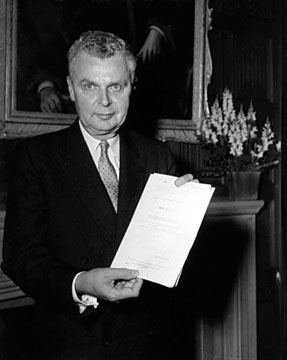
Developments in International Law
In 1948, the United Nations General Assembly proclaimed the Universal Declaration of Human Rights (UDHR) as the “common standard of achievement for all peoples… to promote respect for these rights and freedoms, and by progressive measures national and international, to secure their universal and effective recognition and observance.” Canadian law professor John Humphrey was instrumental in drafting the UDHR. The UDHR was accepted by a unanimous vote at the UN. (The six members of the Soviet bloc, along with Saudi Arabia and the Union of South Africa, abstained.)
By 1966, the international scene had evolved in important ways. The UDHR was supplemented by the International Covenant on Civil and Political Rights (ICCPR) and the International Covenant on Economic, Social and Cultural Rights. Canada acceded to both in 1976 with the unanimous consent of the provinces. Both covenants are now binding upon Canada in international law. Canada also ratified the Optional Protocol to the Civil and Political Rights Covenant. As a result, if the Canadian government fails to meet its obligations, anyone in Canada can now file a complaint to the UN Human Rights Committee, which oversees the ICCPR.
Canada has ratified or signed other core human rights treaties. It has also submitted itself to oversight by their respective treaty bodies. The treaties include the Convention on the Rights of the Child; the Convention on the Elimination of all Forms of Discrimination against Women; and the Convention on the Rights of Persons with Disabilities. Each has its own oversight committee at the UN.

John Humphrey with his collaborator on the Declaration of Human Rights, Eleanor Roosevelt.
Impact on Canadian Law
The development of international human rights law created pressure to strengthen our human rights laws in Canada. This led to the enactment of the Canadian Human Rights Act and the entrenchment of the Canadian Charter of Rights and Freedoms.
The Charter is a bill of rights. But it is also a political compromise. Section 33 of the Charter permits any government to enact laws “notwithstanding the Charter.” This means a majority government may infringe the Charter by invoking this notwithstanding clause. Such actions will, in most cases, constitute a clear violation of international law. Public interest groups frequently oppose such actions in democratic societies.
By the late 1970s, human rights laws had been enacted at the federal level and in every province. All three territories now have their own human rights codes as well. Alberta, Saskatchewan, Quebec and Yukon also have special protections in their human rights laws to protect certain civil and political rights. Quebec’s Charter of Human Rights and Freedoms (1975) goes further and protects economic, social and cultural rights.
Human Rights in Practice
The scope and meaning of human rights are always evolving. Canadian courts have said that the constitution is a “living tree.” This means that it can grow and evolve with time. There are several important examples of this ongoing evolution.
Courts must often balance different rights and freedoms; or decide whether limits on rights are justifiable in free and democratic societies. For example, in the Holocaust-denial case of R. v. Zündel, the Supreme Court of Canada decided in 1992 that the crime of spreading false news was an infringement of free speech and therefore unconstitutional. On the other hand, the Court has held that criminal and human rights laws prohibiting hate speech against minorities such as Jews, people of colour, and gays and lesbians, are reasonable limits on free speech. These decisions came in the cases of Taylor (1990), Keegstra (1990), and Whatcott (2013). Such cases confirm the principle that there is no hierarchy of rights and that no right or category of rights has automatic precedence over any other type of right.
Evolving areas of human rights law include the interaction between Indigenous rights and human rights laws, and the operation of equality rights in rapidly changing areas such as family status and disability. The right to equality on the grounds of gender expression or gender identity for trans people has been introduced in several Canadian jurisdictions. ( See Lesbian, Gay, Bisexual and Transgender Rights in Canada.)
Since the terrorist attacks of 11 September 2001, there has been a growing tension between human rights and national security. This has reignited debates about torture, religious freedoms, immigration and refugee policy, and national surveillance. Racial profiling issues have also come to the fore. Since 2008, Quebec has had a particularly divisive debate about the accommodation of religious minorities and the role of secularism in the state. (See Québec Values Charter.)
The renaissance of political protest and the growing number of restrictions on civil society organizations around the world (e.g., non-governmental organizations, human rights defenders, and international development groups, as well as environmental groups) have reignited questions about reasonable limits on freedom of association and peaceful assembly.

Disability rights are another key area of development for human rights law in Canada. Canada lags behind the standards of the Convention on the Rights of Persons with Disabilities in terms of many basic rights; these include access to services, public transit, employment, and education. It has not fully implemented the Covenant on Economic, Social and Cultural Rights. The Optional Protocol to the International Covenant on Economic, Social and Cultural Rights came into force in 2010. However, Canada has declined to become a State Party. Thus, individual Canadians currently do not have the right to claim violations of their economic, social and cultural rights unless the violations of those rights are discriminatory and can be addressed under human rights laws.
These are all important and ongoing areas for future development. The fight for human rights and the nature of Canada’s role in the development of human rights is an important part of our national heritage. It is also part of our ongoing and shared national task of respecting, protecting and fulfilling human rights.
See also Rights Revolution in Canada; Canadian Human Rights Commission; We Demand; Philosophy of Human Rights; Canadian Museum for Human Rights; Social Justice.

 Share on Facebook
Share on Facebook Share on X
Share on X Share by Email
Share by Email Share on Google Classroom
Share on Google Classroom



